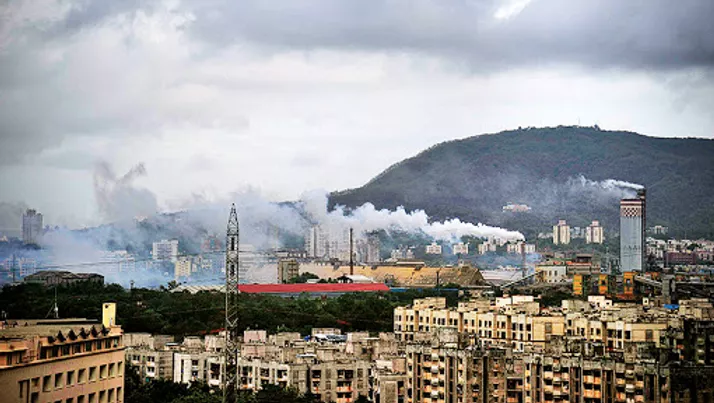Reduced PM10 Articulate levels by
Reduced PM2.5 Articulate levels by


Two Pure Skies air pollution control systems were installed around the campus. The installation consisted of Pure Skies base stations, extender units, and third party air quality monitors (Environmental And Engineering Solutions Pvt. Ltd., Aligarh).
The system was configured to handle particulate pollutants (PM10 and PM2.5) across approximately 150 acres.
Outdoor air pollutant levels were monitored continuously at appropriate locations around the industrial zone to help the customer understand the efficacy of Pure Skies, as well as to provide real-time data for optimizing the smart technology in each Pure Skies unit.
It took just one and a half days to complete the installation. The base stations, extenders, and air quality monitors were installed on either building rooftops or utility poles. No floor space was required. Equipment was plugged in and connected wirelessly to the local GSM data network in the area.
Power requirements: Routine power supply (ordinary 10A sockets). Each base station and air quality monitor are equipped with battery backup.
Once online, the performance of each air pollution control unit is monitored by Devic Earth 24×7.

